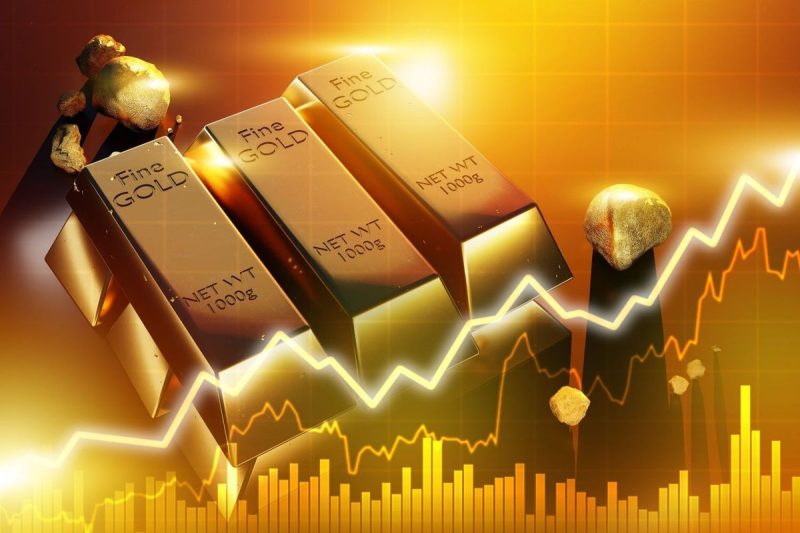In September, gold typically faces cyclical patterns that can influence its price performance. However, recent market conditions suggest that gold may break away from historical trends this year. The precious metal has historically served as a safe-haven asset during times of economic uncertainty, geopolitical tensions, and market volatility. While these factors remain relevant, there are several compelling reasons to believe that gold could outshine historical trends in the upcoming month.
One key factor that could support gold’s performance in September is the current macroeconomic landscape. With the ongoing Covid-19 pandemic, global supply chain disruptions, inflationary pressures, and central bank policy decisions, investors are seeking safe-haven assets to hedge against market risks. Gold, with its intrinsic value and low correlation to other asset classes, is well-positioned to benefit from these macroeconomic uncertainties.
Moreover, the recent surge in demand for physical gold, particularly in emerging markets like China and India, indicates strong investor interest in the metal. Retail investors and central banks alike are increasing their gold holdings as a way to diversify their portfolios and protect against currency devaluation. This growing demand for physical gold could create upward price pressure, potentially defying historical trends for September.
Furthermore, the evolving dynamics of the global economy, including the transition to a green economy, could also drive demand for gold. As governments and industries pivot towards sustainable practices and renewable energy sources, the need for metals like gold in electronics, solar panels, and other technologies is expected to rise. This increase in industrial demand for gold could bolster its price performance, challenging historical cyclical patterns.
Additionally, the weakening U.S. dollar and low real interest rates are favorable conditions for gold. A weaker dollar makes gold more attractive for investors holding other currencies, while low interest rates reduce the opportunity cost of holding non-interest-bearing assets like gold. These macroeconomic factors could provide a strong foundation for gold to perform well in September, regardless of historical trends.
In conclusion, while gold has traditionally followed cyclical patterns in September, the current macroeconomic environment and evolving market dynamics suggest that the precious metal could break away from historical trends this year. With increasing demand for physical gold, ongoing macroeconomic uncertainties, and the transition to a green economy, gold may shine brighter than expected in the upcoming month. Investors looking to diversify their portfolios and hedge against market risks may find gold to be a compelling asset worth considering in September and beyond.



























